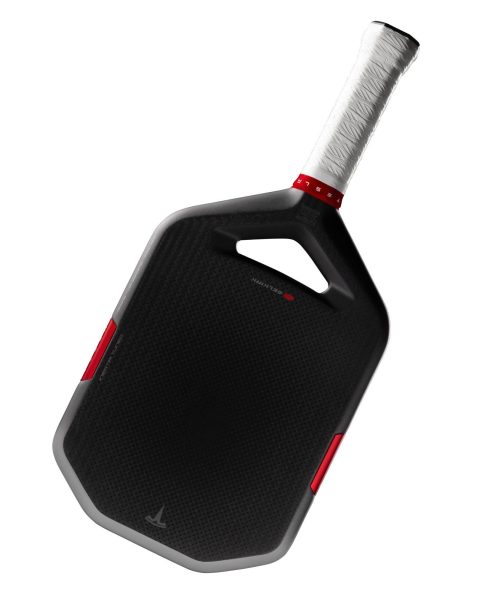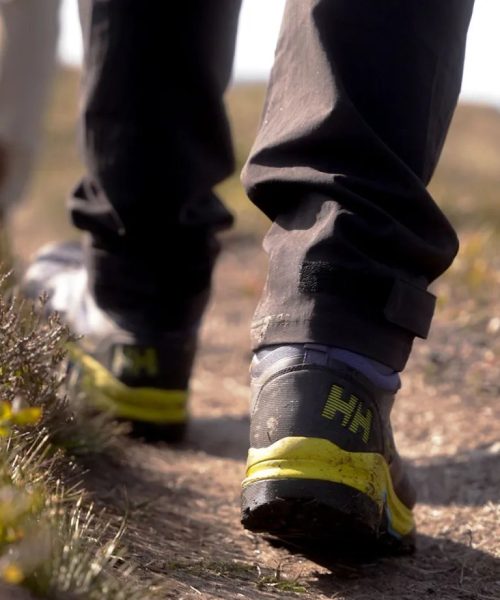Anyone who’s spent time weaving through bustling US highways likely understands the dangers tied to speeding. The National Highway Traffic Safety Administration (NHTSA), America’s leading traffic regulator, estimates around one in ten of all car collisions reported to police in 2021 were related to speeding incidents. There’s evidence Americans’ need for speed may be getting worse too. Speeding related fatalities, the NHTSA notes, ticked up 8% between 2020 and 2021. Lawmakers in California believe they may have a solution to this rise in speeding incidents and it involves internet connected cars making noises at their drivers.
If passed, SB961–a new traffic safety bill under consideration in the state–would force all passenger vehicles, commercial trucks, and busses to come equipped with a “passive intelligent speed assistance” system capable of sending out an audible and visual alert any time it determines a driver has gone 10 mph or more over an area’s posted speed limit. Supporters of the bill, which recently passed the California state senate by a 22-13 vote, say this GPS-enabled onboard speed detection system could play a crucial role in reigning in speed related accidents and fatalities. And while SB961 narrowly applies to cars sold and manufactured in California, the sheer volume of vehicles sold in the country’s most populous state could incentivise car manufacturers to simply apply that standard to a broader swath of vehicles nationwide.
“The evidence is clear: Rising levels of dangerous speeding are placing all Californians in danger, and by taking prudent steps to improve safety, we can save lives,” California State Senator and bill author Scott Wiener said in a statement.
How would in-car speeding detectors work?
If passed into law, Califorina’s bill would require car manufacturers looking to sell or manufacture vehicles in the state to invest in Speed Assistance Technology (SAT). The tech, also referred to as “Intelligent Speed Adaptation” (ISA) uses GPS data pulled from drivers’ vehicles and compares that to a database of digitally mapped speed limit data. If the system determines a driver has driven 10 mph over a posted limit, it will then need to emit a “brief, one time visual and audio signal” to alter drivers. It’s unclear exactly what that will sound or look like. Some modern vehicles already tap into similar speed limit databases in order to project digital representations of speed limits on a driver’s dashboard.
Carmakers would be tasked with determining and verifying speed limits in a given area. That could prove difficult on local roads or remote areas where data on speed limits may not be as easily accessible as it is in dense population centers. In instances where the proposed ISA system receives conflicting reports on an area’s speed limits, the bill states it must use the higher limit. The ISA requirement would apply to 50% of passenger vehicles, commercial trucks and buses sold or manufactured in California by 2029 and then 100% of those vehicles by 2032. One group of cars the requirement notably won’t apply to is emergency service vehicles, which are often forced to bypass speed limits to save lives or carry out police work.
ISA systems are still relatively new in the US, but that isn’t the case elsewhere. In 2019, the European Union passed legislation mandating all new vehicles sold in the region to come equipped with an ISA. That legislation officially takes effect later this year. The European Transport Safety Council, a nonprofit advocating in favor of traffic safety free reform, estimates ISA tech could reduce collisions and deaths in the region by as much as 30% and 20% respectively. The allure of those statistics could hit close to home in the US, where the NHTSA estimates speeding has played a factor 29% of car fatalities.
“California, like the nation as a whole, is seeing a horrifying spike in traffic deaths, with thousands of drivers, cyclists, and pedestrians dying each year on our roads,” Wiener added. “These deaths are preventable, and they’re occurring because of policy choices to tolerate dangerous roads.”
Questions remain over speeding data accessibility
Critics of California’s bill worry its blanket 10 mph threshold risks unfairly punishing drivers who may need to briefly violate posted speed limits in emergency situations. Though the proposed system in the California bill, as currently written, only triggers a warning when a driver is determined to be speeding, ISA systems in theory could go a step further and prevent drivers from pushing their vehicles past certain speed limits. In that scenario, the system could function like an adaptive speed governor.
“It’s just a nanny state that we’re causing here,” Republican California state senator Brian Dahle said during a recent interview with KTVU.
Related: The Opt Out: Cars are spying on us, and we’re letting them]
It’s unclear how long car manufacturers would be required to save data on speeding warnings and what entities they can share that information with. Recent reports from The Mozilla Foundation and others in recent months have highlighted the subtle and increasing ways car manufacturers rely on sensors, cameras, and other onboard tech to collect minute data about customers’ driving behavior. In some cases, that data is being shared with insurance companies or other third parties. Insurance companies have already been shown to cite these driving behaviors as justifications for increasing premiums. Long-term trend data on speeding violations could similarly contribute to a driver’s overall insurance risk profile.
It’s also unclear whether or not data on speeding violations collected by car manufacturers could be shared with law enforcement. A recent Congressional investigation from US Senators Ron Wyden and Ed Markey revealed at least eight major car makers regularly share driver location data with law enforcement when presented with a subpoena. Without additional privacy guardrails, there’s little preventing law enforcement from attempting data possibly presenting instances of speeding.
“If this [SB 961] is truly just a way to alert drivers, that doesn’t raise many red flags, but I am nervous about a future in which cars are required to track more and more of our movements on behalf of the police,” Surveillance Technology Oversight Project Executive Director Albert Fox Cahn told Popular Science. “Already, law enforcement has huge amounts of data from our vehicle black boxes and telemetrics systems, and so we need to make sure this doesn’t become just another way to track generally where we drive.”






